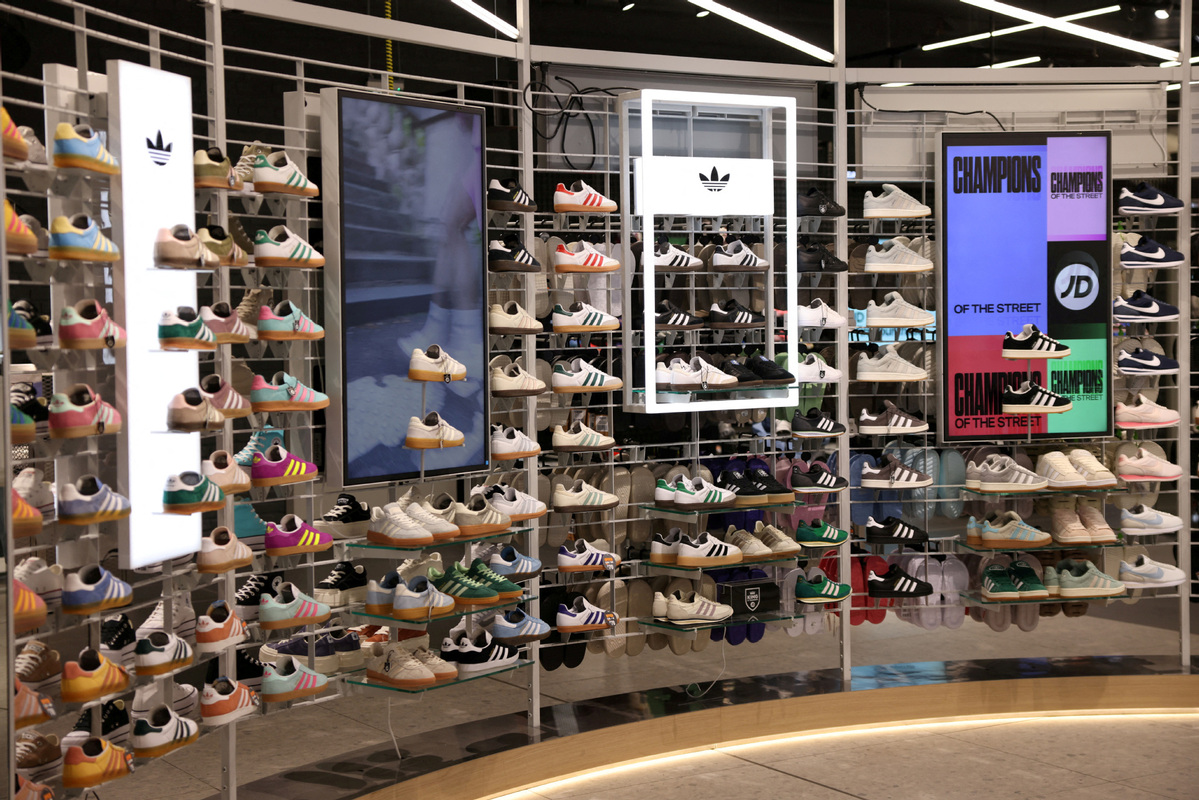High street stores battle back against online world
By JULIAN SHEA in London | China Daily Global | Updated: 2024-10-30 09:17

Brick and mortar stores are making a comeback in Europe, signaling a lessening of consumer desire for the convenience of online shopping. And with it, they are giving an economic shot in the arm to hard-pressed high streets.
The experience of isolated living during the COVID-19 pandemic contributed significantly to the rise of e-commerce, but now people are out the other side of it, an increased desire to spend more time outside is driving sales in that sector, which is turning out to be a major growth area.
Data from market research company Euromonitor shows that although the number of retail units in Europe fell from 4.92 million in 2022 to 4.9 million in 2023, the actual amount of space occupied by stores is increasing.
This has caused retailers to increase their physical sales presence and lead a rally against the dominance of companies such as China's Shein, which, according to Time magazine in January 2023, had overtaken sportswear giants Nike and Adidas as the world's most-Googled clothing brand, and had surpassed Macy's and Spanish company Zara for online sales, just 15 years after its founding in Nanjing.
Online shopping may be convenient, but the tactile experience of being able to try clothes on before buying them is denied to online customers, who often find themselves with the annoyance of returning unsatisfactory purchases. Real-world shopping also has the advantage of being a social experience.
Physical shopping is not necessarily a vote in favor of real-world retail and against the online experience, however. Many shops have now taken on board digital features such as touch-screen options for customers to use in store.
"The more stores are present in an area, the higher the interest in the online brand," said Stefan Reiner, chief sales officer for Italian mountain sports retailer Oberalp.
A post-lockdown desire for freedom has emerged as a major driver of growth, with sportswear chains in France, Italy and Germany all significantly increasing their physical presence.
"You look at the success of Adidas or (outdoor clothing brand) North Face and others. I think definitely there has been a trend towards more outdoor activities," said Deutsche Bank analyst Adam Cochrane. "I think people realized that they needed to get out and do things and some of that behavior has stuck."
The website of the United Kingdom's Centre for Retail Research lists the many former high street entities that have gone out of business in recent years, and in its plan for revival, refers to their old, often very large and now empty premises as "gap-toothed phantoms in high streets reflecting a world of retailing that no longer exists".
"There is a lot of research showing that shoppers feel that high streets are too uniform with the same shops everywhere. (We need) a mix of independents and chain stores, perhaps using 'pop-up' shops or 'shops within shops', to bring more people in and make a more interesting retail offer," it adds.
























